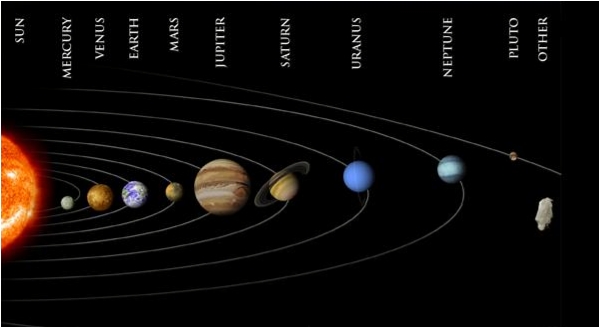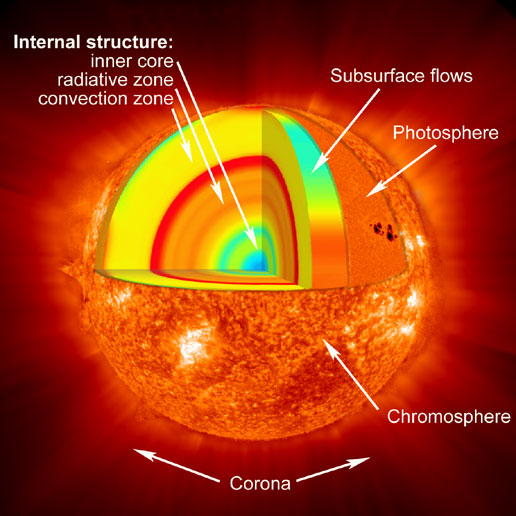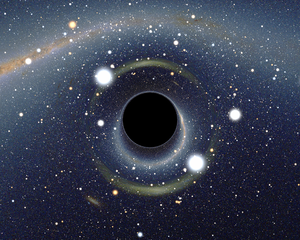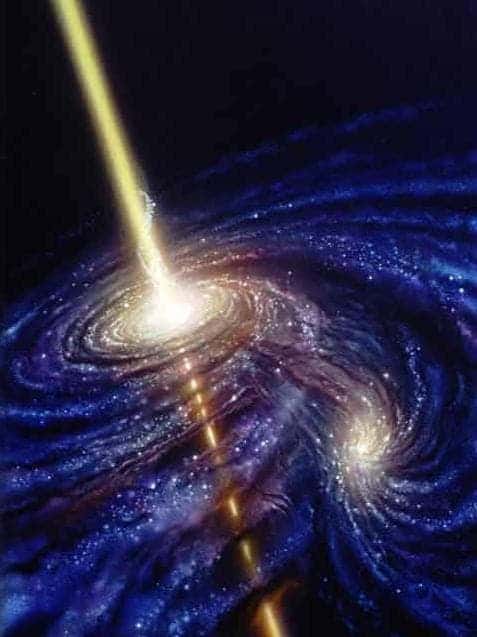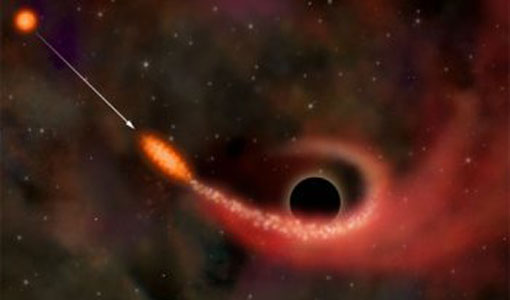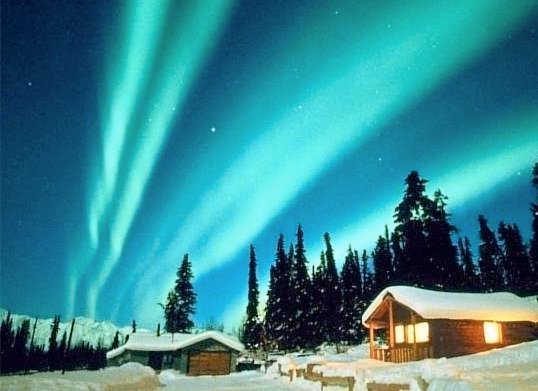The Food Chain
Every living thing needs energy in order to live. Every
time animals do something (run, jump) they use energy to do so.
Animals get energy from the food they eat, and all
living things get energy from food. Plants use sunlight, water and nutrients to
get energy (in a process called photosynthesis). Energy is necessary for living
beings to grow.
A food chain shows how each living thing gets food, and
how nutrients and energy are passed from creature to creature. Food chains
begin with plant-life, and end with animal-life. Some animals eat plants, some
animals eat other animals.
A simple food chain could start with grass, which is
eaten by rabbits. Then the rabbits are eaten by foxes.
Here's another food chain, with a few more animals. It
starts with acorns, which are eaten by mice. The mice are eaten by snakes, and
then finally the snakes are eaten by hawks. At each link in the chain, energy
is being transferred from one animal to another.
There can be even more links to any food chain. Here another
animal is added. It goes grass to grasshopper to mouse to snake to hawk.
There is actually even more to this chain. After a hawk
dies, fungi (like mushrooms) and other decomposers break down the dead hawk,
and turn the remains of the hawk into nutrients, which are released into the
soil. The nutrients (plus sun and water) then cause the grass to grow. It's a
full circle of life and energy!!
So food chains make a full circle, and energy is passed
from plant to animal to animal to decomposer and back to plant! There can be
many links in food chains but not TOO many. If there are too many links, then
the animal at the end would not get enough energy.










